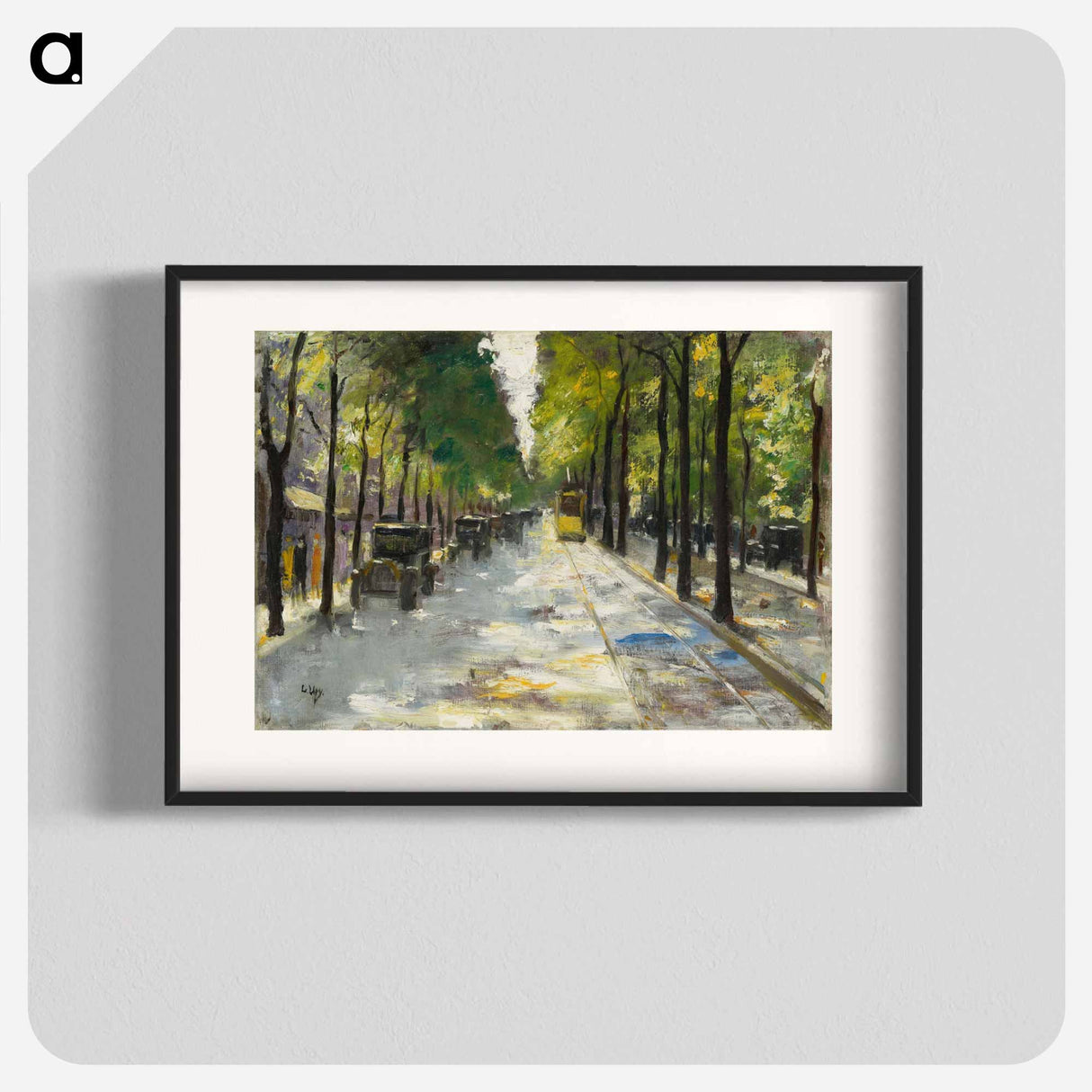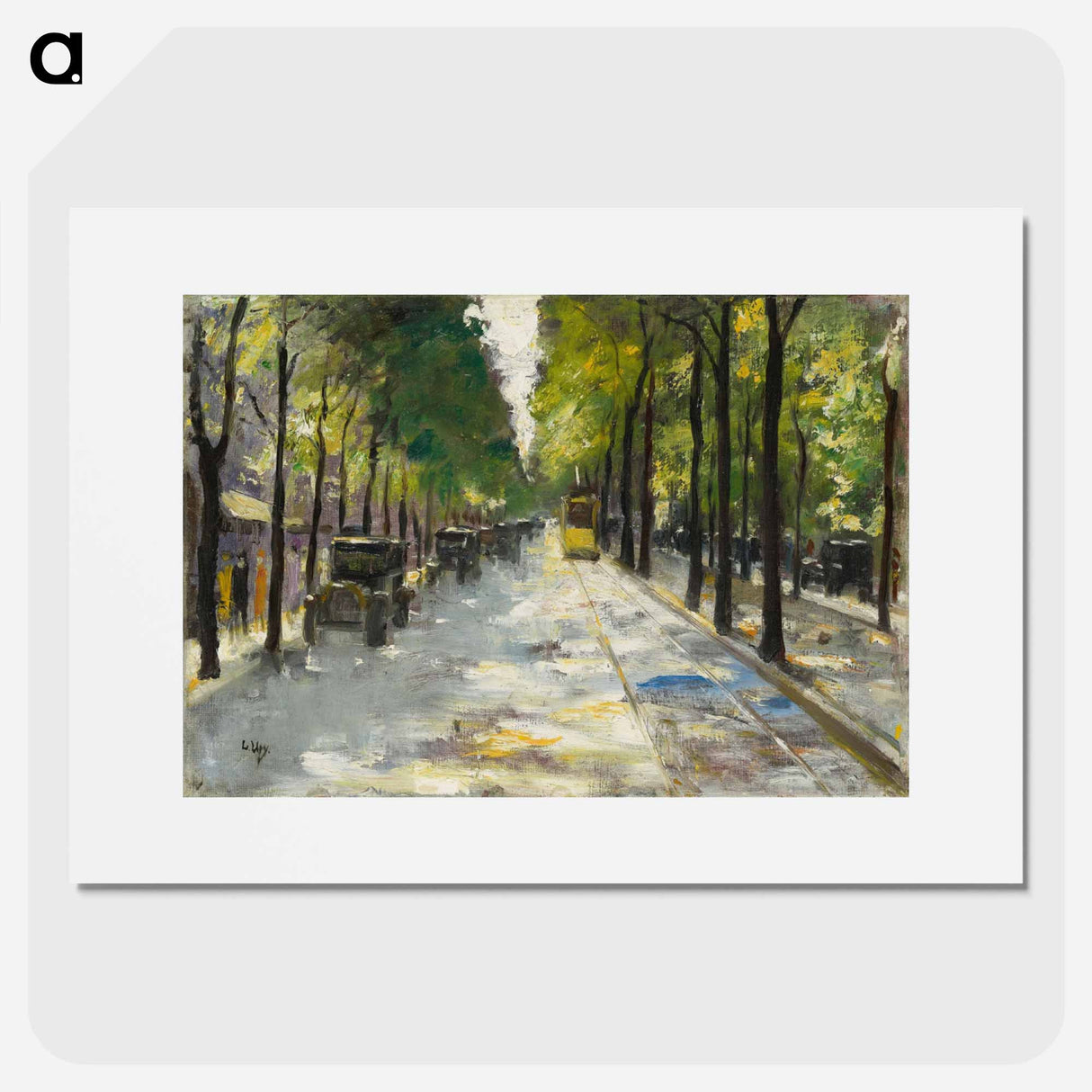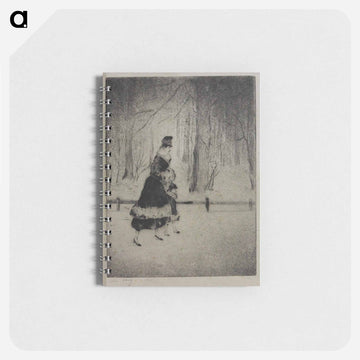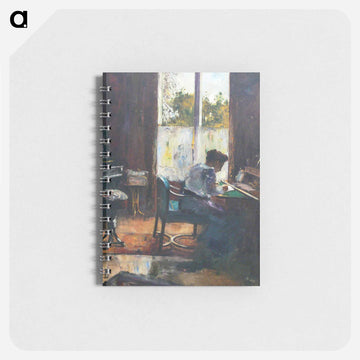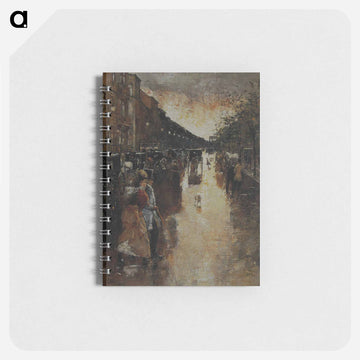Berliner Straße im Sonnenschein - レッサー ユリィ Poster.
Berliner Straße im Sonnenschein - レッサー ユリィ Poster. - A5(148×210) / なし is backordered and will ship as soon as it is back in stock.
【出荷予定について】
※土日祝定休
製品説明
製品説明
artgraph.オリジナルの名画のアートポスター&アートフレーム
EPSON社製のアート作品で採用される品質の用紙を使用して印刷しております。
作品向けに開発された用紙として、劣化や褪色が少なくインテリアポスターの中でも最高品質のジークレープリントというカテゴリに属する用紙です。
画材用紙のようなテクスチャーがプリント作品の立体感を表現しまるで本物のような複製画となっております。
- 用紙の重量: 190 g/m²
- ジークレー版画(インクジェットプリント)
- 作品やサイズによって余白の幅を調整しております。
※原画データのサイズよって、印刷が荒くなり過ぎてしまうサイズをオーダーの場合はご連絡を差し上げております。
※サイズ展開以上の大きさをご希望の場合は、直接ご相談ください。
| 作品名 | Berliner Straße im Sonnenschein(ベルリンの通り(日光) ) |
| 作家名 | Leo Lesser Ury(レッサー ユリィ) |
| 制作年月日 | 1920 |
| 関連キーワード | レッサーユリィ ら行 ドイツ 印象派 19世紀 20世紀 都市風景 夜景 アート ポスター アートポスター アートパネル インテリア おしゃれ 絵画 絵 名画 風景画 風景 雑貨 ヴィンテージ レトロ 玄関 リビング ダイニング 寝室、台所、トイレ、玄関などご自身用にも、モデルルーム、オフィス、事務所、お店、ホテル、カフェなどのディスプレイ用の複製作品としてご利用もいただいております。新築、誕生日などのお祝い、プレゼントとしてもご利用いただいております。 |
| Related Keywords | |
| 管理番号 | 1-29 |
※製品画像はできる限り実物の色に近づけるよう徹底しておりますが、 お使いのモニター設定、お部屋の照明等により実際の製品と色味が異なる場合がございます。
素材ごとに異なるニュアンスが生まれることもございますが、風合いとしてお楽しみいただければ幸いです。
余白と寸法
余白と寸法
縦横比によって、寸法が成り行きで縮小します。
詳細の寸法はお手数ですが、お問合せください。
| サイズ | 短辺の最小余白 | 長辺の最小余白 |
|---|---|---|
| A5 | 14.5mm | 25.5mm |
| A4 | 20mm | 35mm |
| A3 | 28.5mm | 49.5mm |
| A2 | 40mm | 70mm |
| A1 | 50mm | 90mm |
| B5 | 17.5mm | 30.5mm |
| B4 | 24.5mm | 43.5mm |
| B3 | 35mm | 61mm |
| B2 | 45mm | 80mm |
| B1 | 64mm | 114mm |
※上記の数値は最小の余白幅になります。
細長い作品など、作品の比率によっては上記より広い余白ができる場合がございます。
事前に正確なサイズを知りたい方はこちらからお問い合わせください。
お届けについて
お届けについて
出荷までの期間はポスターのみは3営業日、額装込み・キャンバス製品は10営業日程度いただいております。
それ以外の製品は10〜14営業日程度いただいております。
営業日:月〜金曜
定休日 : 土・日曜日・祝日
※サイズ・色・点数によってお届けに通常より長くお時間をいただく場合がございます。お急ぎの場合や複数点数のご購入をご検討の場合は事前にお問い合わせください。
返金・交換について
返金・交換について
返金・交換に関して
到着した製品に不具合がございましたら到着より7日以内に速やかにご連絡ください。
■返品・交換などの連絡先
info@artgraph.jp
返金
商品に不具合が有った場合は上記「返金・交換」をご覧下さい。
キャンセル
生産開始前であればキャンセル・返金可能ですが、生産が終了している場合は全額ご請求とさせていただきます
詳しくはこちら
安心してご注文いただけます。
Payment methods
artgraph.では運営側でクレジットカード情報を保存せず、お客様のクレジットカード情報にアクセスすることはできませんので安心してご利用ください。
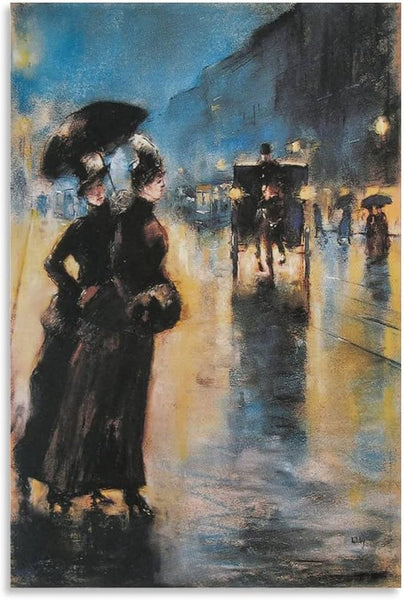
Leo Lesser Ury
Leo Lesser Ury was a German painter and printmaker active from the late 19th century to the early 20th century. He is known for his works that depict urban landscapes and night scenes influenced by impressionism and post-impressionism. His rain-soaked city scenes at night are particularly highly praised for their unique poetic quality. His works are searched for by many people who are attracted to his unique worldview using keywords such as "Lesser Ury night view" , "Lesser Ury Berlin" and "Lesser Ury rain" .
Lesser Yuri Biography
- Born November 7, 1861 in Birnbaum, eastern Germany (now Miedzychod, Poland)
- 1878: Studied painting at the Academy of Fine Arts in Düsseldorf
- He later studied in Brussels, Paris, Stuttgart and other places, and was influenced by Impressionism and Post-Impressionism.
- In 1887, he moved to Berlin and began painting urban landscapes and people's lives.
- In 1893, he won a bronze medal at the Berlin Artists' Association exhibition, but the judge, Max Liebermann, rejected his request to exhibit.
- He later participated in the Berlin Secession for several years, but was not a leading member.
- At first, he painted bright landscapes in the style of Impressionism, but gradually he established his own style, painting scenes of nighttime towns and rain-soaked landscapes.
- In the 1920s, his achievements were recognized with his election to the Prussian Academy of Arts and a retrospective at the National Gallery.
- Died in Berlin on October 18, 1931 (aged 69)
Representative works
- "Potsdamer Platz after the Rain" (year unknown)
- "Evening on Friedrichstrasse, Berlin" (1920s)
- "Brandenburg Gate" (year unknown)
- "Spree River in the Rain" (1920s)
- Trams at Alexanderplatz (1920s)
Juri's style of painting was influenced by impressionism and post-impressionism, but developed in its own way. He particularly liked to paint nighttime cityscapes and rain-soaked landscapes, and his unique atmosphere is loved by many people with keywords such as "Lesser Juri night view" and "Lesser Juri rain" . He skillfully used the effects of light and shadow to poetically express the hustle and bustle of the city, its loneliness, and a touch of melancholy. His representative works, "Potsdamer Platz after the Rain" and "Berlin, Friedrichstrasse at Night", depict the rain-soaked road surface and the reflections of streetlights with delicate brushstrokes, creating a unique atmosphere. These works are widely known as his most famous works with keywords such as "Lesser Juri Berlin" and "Lesser Juri streetlight" .
Although Juri did not necessarily receive the acclaim he deserved during his lifetime, in recent years his unique style of painting has been reevaluated and he has attracted attention as one of the leading German artists of the early 20th century. His works are not only housed in art museums in Germany, but also in museums around the world, and you can find information about museums where you can view his works by searching for "Lesser Juri works" and "Lesser Juri Museum."
SNSでご紹介いただきました

















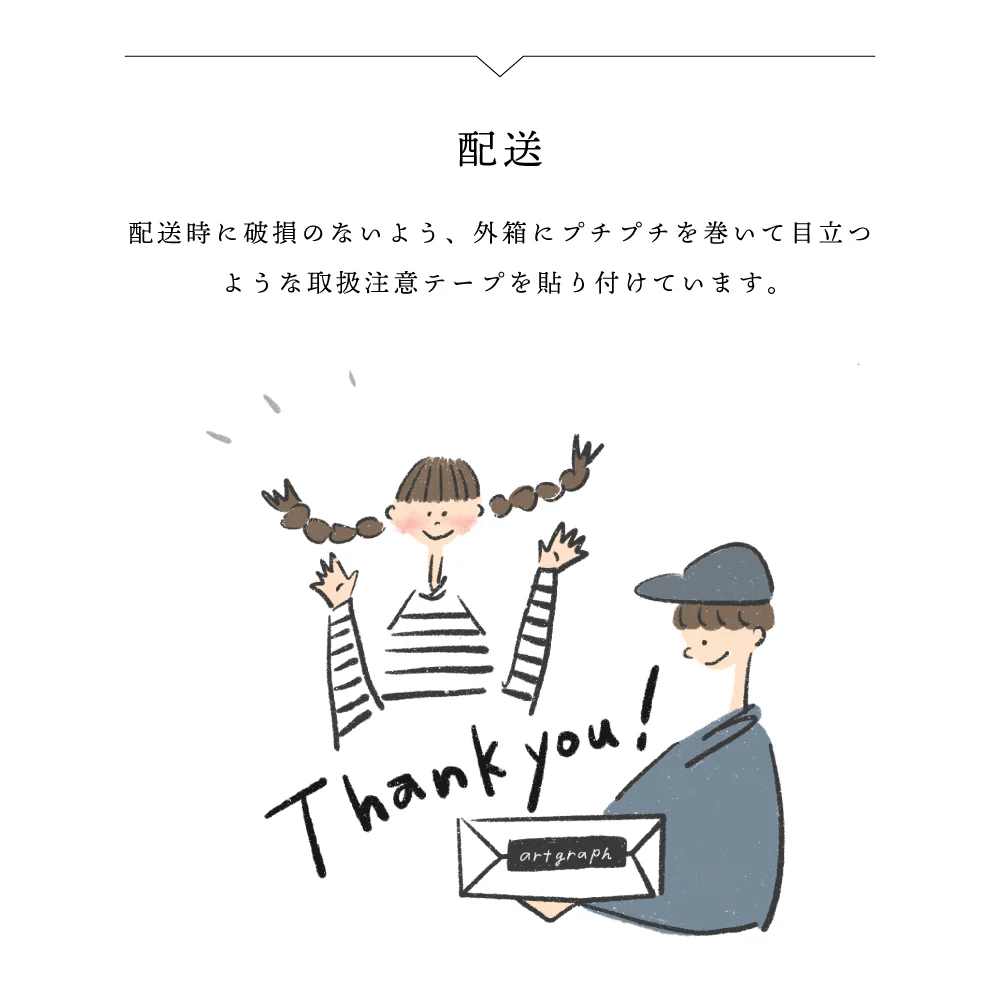



本日のご注文受付終了まで
時間が過ぎると翌営業日のご注文扱いとなりますのでご了承くださいませ。


